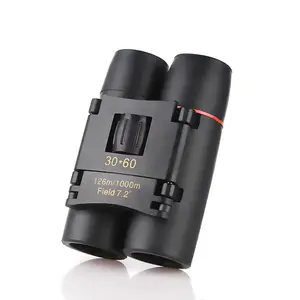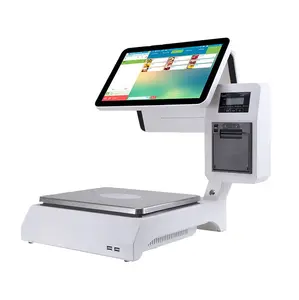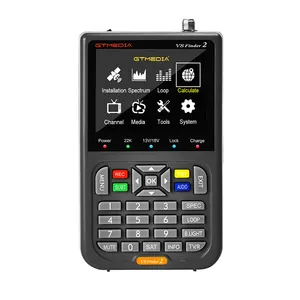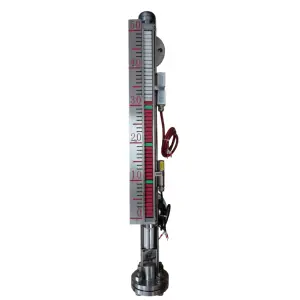Popular in your industry





















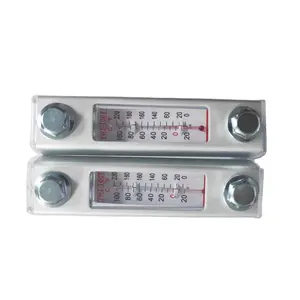





































Related Searches:






























































































































About gearbox oil level indicator
Gearbox Oil Level Indicators: An Essential Tool for Monitoring
Gearbox oil level indicators are crucial components in maintaining the health and efficiency of mechanical systems. These indicators allow for the consistent monitoring of oil levels, ensuring that gearboxes operate smoothly and prevent potential damage due to low oil conditions. By providing a clear visual or electronic signal of the oil level, they help in maintaining the right lubrication balance, which is vital for the longevity and performance of the gearbox.
Types of Gearbox Oil Level Indicators
There are various types of gearbox oil level indicators to suit different applications and gearbox designs. The gearbox oil level gauge is a common type, often featuring a clear, marked tube or glass for easy reading. Electronic indicators provide a digital readout and can be integrated into control systems for automated monitoring. For those seeking a more robust solution, magnetic and float-type level indicators offer durability and can operate in a range of environmental conditions.
Applications and Features
The application of gearbox oil level indicators spans across numerous industries, from automotive to industrial machinery. They are particularly useful in environments where precise lubrication is critical, such as in wind turbines or heavy-duty construction equipment. Key features to consider include the material of construction, with options like aluminum for durability, and the method of mounting, which can be side or top-mounted depending on the gearbox configuration.
Materials and Advantages
Material selection for a gearbox oil level indicator is essential for ensuring compatibility with the gearbox oil and the operating environment. Common materials include plastics for cost-effectiveness and metals like stainless steel for higher resistance to temperature and corrosion. The advantages of using a reliable gearbox oil level indicator include improved equipment reliability, reduced downtime, and the prevention of costly repairs due to lubrication issues.
Choosing the Right Indicator
Selecting the right gearbox oil level indicator involves considering the specific needs of the application. Size and measurement range are critical factors, as they must correspond to the gearbox capacity and design. Additionally, the choice between a mechanical or electronic indicator will depend on the level of precision required and whether remote monitoring is necessary.
Integration with Other Measurement Tools
In many cases, a gearbox oil level gauge is part of a suite of diagnostic tools that include temperature measurement instruments like bimetallic thermometers and data loggers. Integrating these tools can provide a comprehensive overview of gearbox health, facilitating proactive maintenance and ensuring the smooth operation of machinery.
